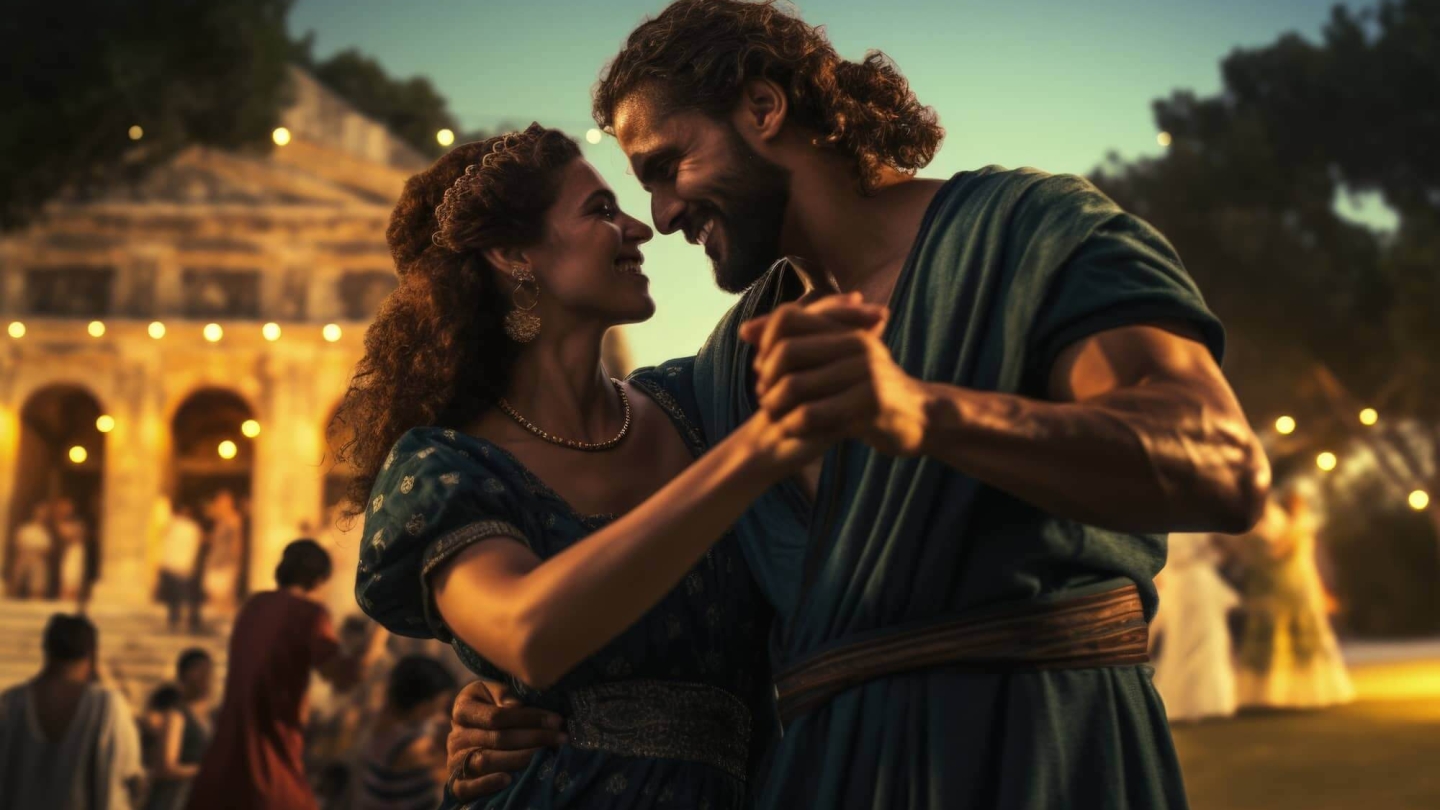Last Updated on May 31, 2024
Hello, fellow history nerds and hopeless romantics! Today, we’ll journey through time to discover the intriguing history of Valentine’s Day. As an internet shopping expert with a penchant for diving into the past, I’m excited to offer the tales and origins of February 14th, a particular day. This article centered around the unveiling of the history of Valentine’s Day and the fantastic events behind it.
I will take you through ancient Roman festivities, the impact of St. Valentine, and the growth of traditions during the Middle Ages. We’ll go back to the 18th and 19th centuries when mass-produced Valentine’s Day cards became popular. Fast-forward to the twentieth Century, when greeting card firms played a key role and symbolic gifts became popular.
As we travel the world and celebrate modern holidays, remember each tradition’s value. So saddle up, time travelers, as we journey through Valentine’s Day history’s rich tapestry of love, rebellion, and cultural progress.
Ancient Origins of Valentine’s Day
Tracing back to Roman Festivals
Our journey begins in ancient Rome, where in mid-February, Lupercalia was celebrated, a festival dedicated to fertility and the coming of spring. Picture this: young men drawing the names of eligible ladies, and you can guess the rest. It was a tad unconventional but undeniably a precursor to the romance that defines Valentine’s Day.
Fast-forward to the Christian era and St. Valentine enters our love story. Legend has it that Emperor Claudius II banned marriages for young soldiers, and St. Valentine, a defiant romantic, continued secretly performing marriages. His actions eventually led to his martyrdom, and we began associating his name with love.
What’s intriguing is how Valentine’s Day seamlessly blended pagan and Christian traditions. Lupercalia’s festivities and St. Valentine’s sacrifices intertwined, creating a unique image of love, fertility, and devotion.
Evolution through the Middle Ages
Literary Connections to Romantic Themes
During the Middle Ages, courtly love took center stage, and literature began weaving tales of romantic chivalry. Chaucer’s “Parlement of Foules” is a love-filled literary gem, highlighting the association between mid-February and birds finding their mates.
Imagine quill pens, parchment, and clandestine notes – that’s the scene during the Middle Ages. The exchange of handmade love notes gained popularity, setting the stage for a tradition that persists in various forms today.
In the 18th Century, we witnessed a shift from handwritten notes to mass-produced Valentine’s Day cards. Esther Howland, known as the “Mother of the American Valentine,” introduced the first commercial cards. Talk about a game-changer!
Romantic literature and art flourished in the 19th Century, reinforcing the association between mid-February and expressions of love. Cupids, hearts, and roses became iconic symbols, forever etching Valentine’s Day into the cultural fabric.
Commercialization in the 20th Century
The Role of Greeting Card Companies
Fast-forward to the 20th Century, when greeting card companies embraced Valentine’s Day with open arms. Hallmark, the industry heavyweight, made sure no one forgot to express their love. The rise of pre-printed sentiments made it easier for people to share their feelings, albeit with a little less personal touch.
Gift-giving took a front seat, with chocolates, flowers, and jewelry becoming go-to expressions of love. The symbolism behind each gift adds depth to the tradition – chocolates for sweetness, roses for passion, and diamonds for enduring commitment.
Valentine’s Day wasn’t content with being confined to one corner of the globe. It spread its wings globally, adapting to various cultures and traditions. Today, it’s a universal celebration of love, transcending borders and languages.
Modern celebrations encompass a myriad of customs – from romantic dinners to adventurous getaways. Social media platforms have amplified the Day, allowing couples to share love stories. It’s a day to celebrate love in all forms, romantic, familial, and platonic.
As we conclude our time-traveling adventure through the history of Valentine’s Day, it’s evident that this celebration has a rich tapestry woven with threads of love, rebellion, and cultural evolution. Whether exchanging handwritten notes, sending virtual hugs, or picking out the perfect gift online, the essence remains the same – a celebration of timeless love.
Take a moment to reflect on Valentine’s Day’s enduring legacy. From ancient festivals to modern expressions, the Day has survived the sands of time, reminding us of love’s universal and timeless power.
Please take a minute to recognize and comprehend Valentine’s Day’s historical significance as you prepare for it, loaded with presents and gestures. Not only is it a day to celebrate cards and chocolates, but it’s also an homage to the countless love tales that came before our own. Friends who love history, Happy Valentine’s! I hope your day is full of love and as fascinating and rich as its fantastic past.



